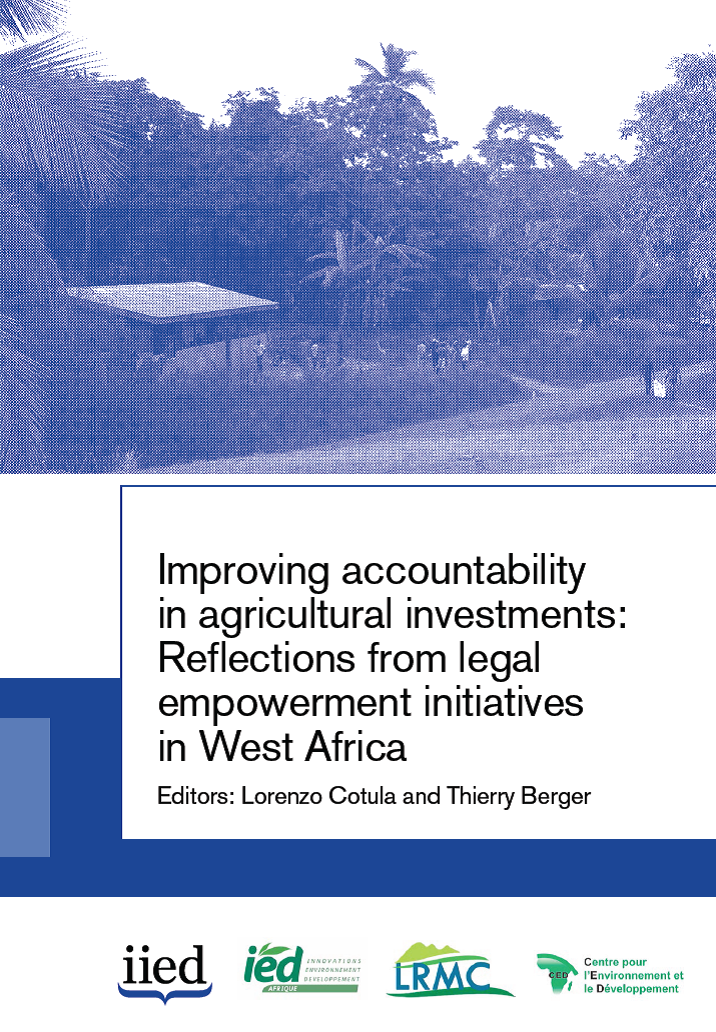Act No. 63 of 1970: Nature Conservation Act.
This Act makes provision for the protection of nature by: (1) prescribing a valuation of major works, construction and other activity which will entail substantial change to the landscape or substantial damage to the natural environment before such work is begun by the appropriate authorities (Chap. I); (2) providing for the establishment of national parks, nature reserves and natural monuments (Chap. II); (c) providing for the protection of fauna and flora (Chap.





